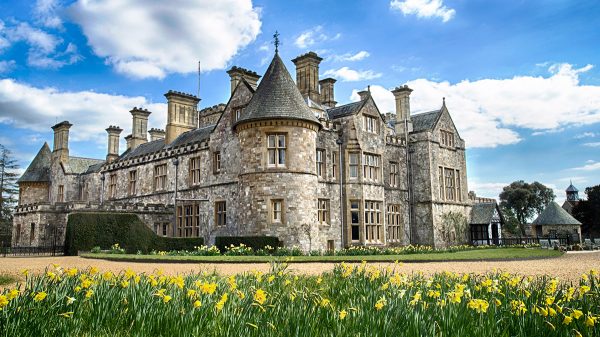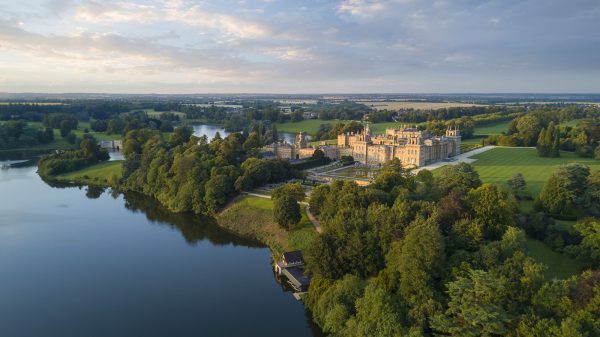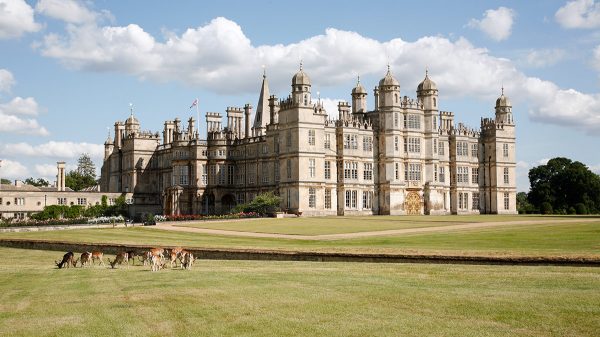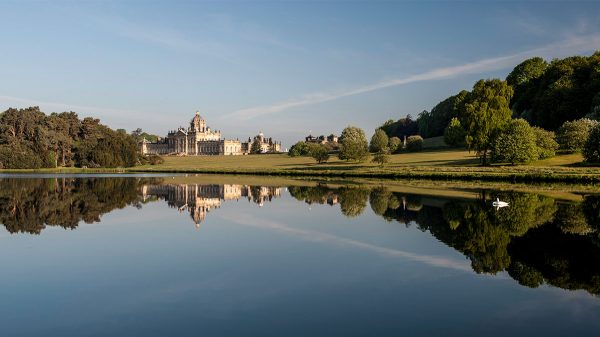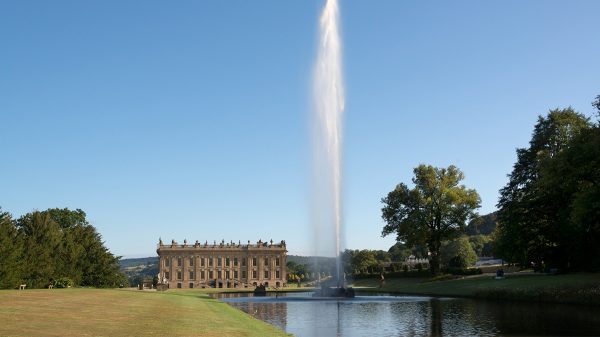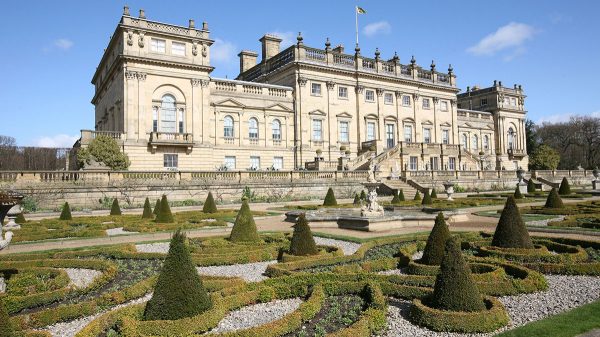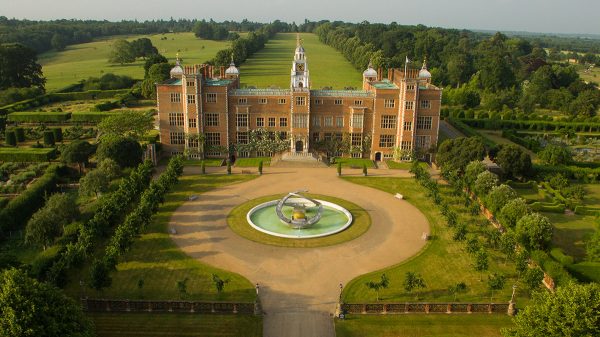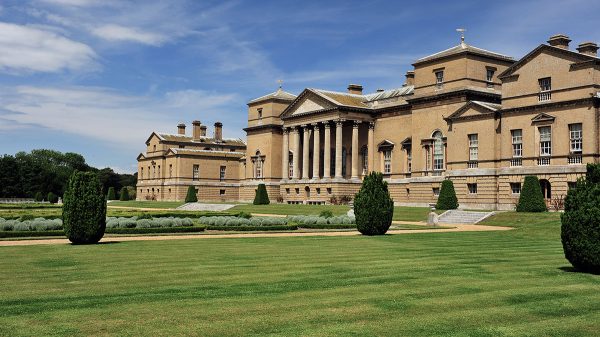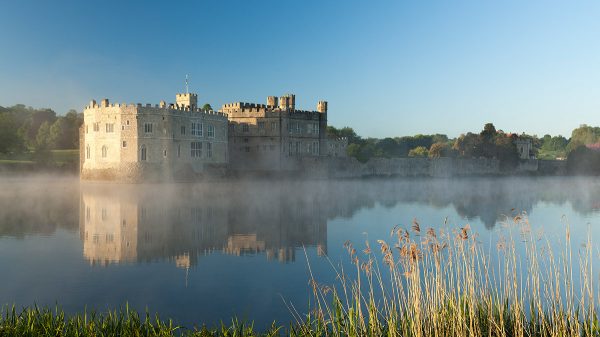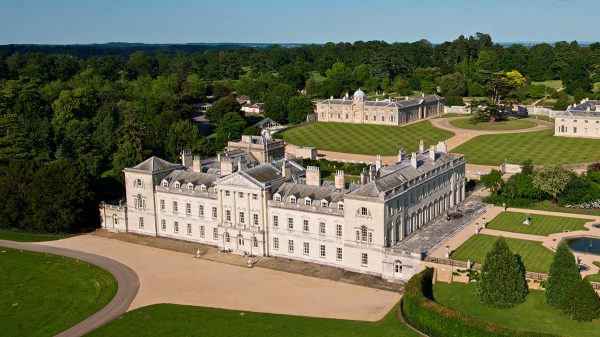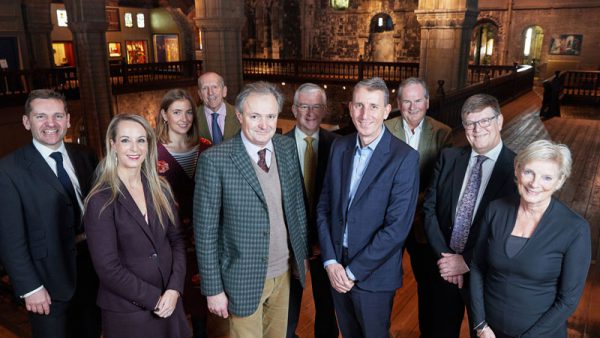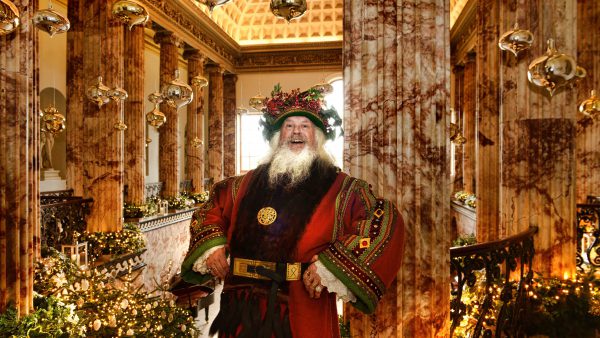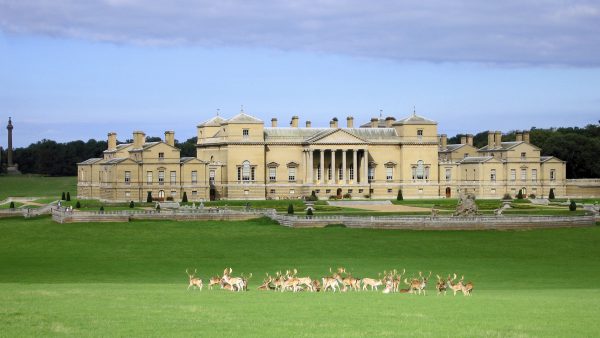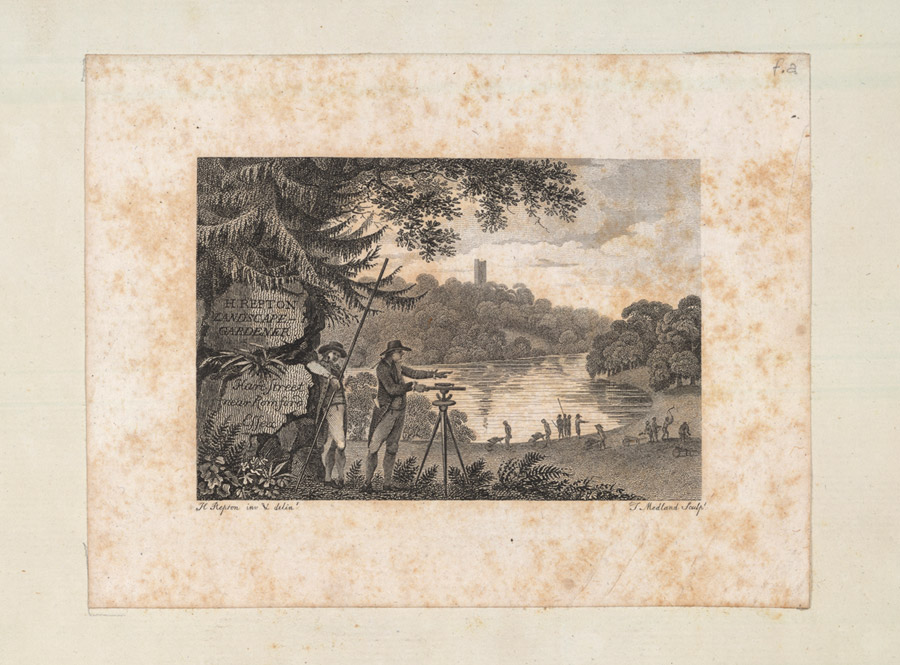
The Holkham Red Book
Humphry Repton, a landscape gardener from Suffolk, produced his first ‘Red Book’ for the park at Holkham in 1789. Repton wanted to follow in the illustrious footsteps of Lancelot ‘Capability’ Brown who had transformed so many great parks in the eighteenth century.
Thomas William Coke (later 1st Earl of Leicester of the 2nd creation) had inherited Holkham in 1776, as great-nephew of the builder of the hall, and commissioned Repton to reimagine the pleasure grounds around the lake. T. W. Coke had already added a curve at its northern end in 1784 (diverting the coast road round it), removed the original island, and demolished the kitchen gardens to make way for a westward curve at the southern end.
Humphry Repton viewed his commissions like an artist might and created a ‘Red Book’ in which he set out his ideas and recommendations showing often showing ‘before’ and ‘after’ views. Over the course of his lifetime he produced many such books which he often bound in red leather. In his volume for Holkham, Repton described the parkland as ‘a vast expanse of lawn, an immense sheet of water, and woods…too large for painting to express’.
Repton addressed his ‘plans, hints and sketches for making pleasure ground on the banks of the lake’ to Mrs Coke, the pleasure grounds being an ‘essential part of a perfect place being peculiar to the Ladies’. He envisaged his contribution as adding ‘convenience’ to ‘magnificence’ by providing a ‘shelter’d dry walk within those woods, or along the banks of that water’. He planned a walk along the eastern edge of the lake, leading to a boathouse, where he proposed ‘an elegant pavilion’, and on through a tunnel, completely covered with creeping plants, from where the walker could divert onto an upper path: ‘this sort of surprise…will appear a perfect wonder in Norfolk’. A ferry, ‘so contrived as to be navigated with the greatest ease by any lady’, was to link this shore with the opposite side of the lake, where the effect was to be ‘rural but not neglected’. Further walks would lead to a ‘romantically bold’ chalk pit, which would be ‘a scene of pleasing gloom’, or southwards to the stables or northwards to the church.
Account books suggest that at least some of Repton’s proposals were fulfilled: there were payments during the next decade relating to gravel walks, ropes for a ferry and the building in 1802 of a ‘subterraneous passage leading to garden’ which was possibly Repton’s creeper-covered tunnel. Repton himself claimed that the walks, at least, had been constructed.
The Red Book is preserved in the Holkham Archives
Lucy Purvis, Archivist.

